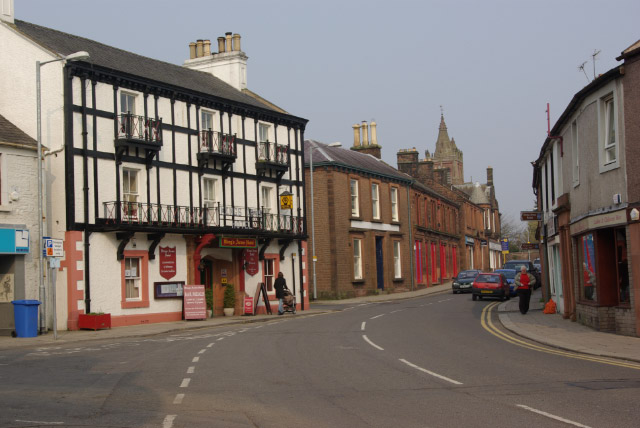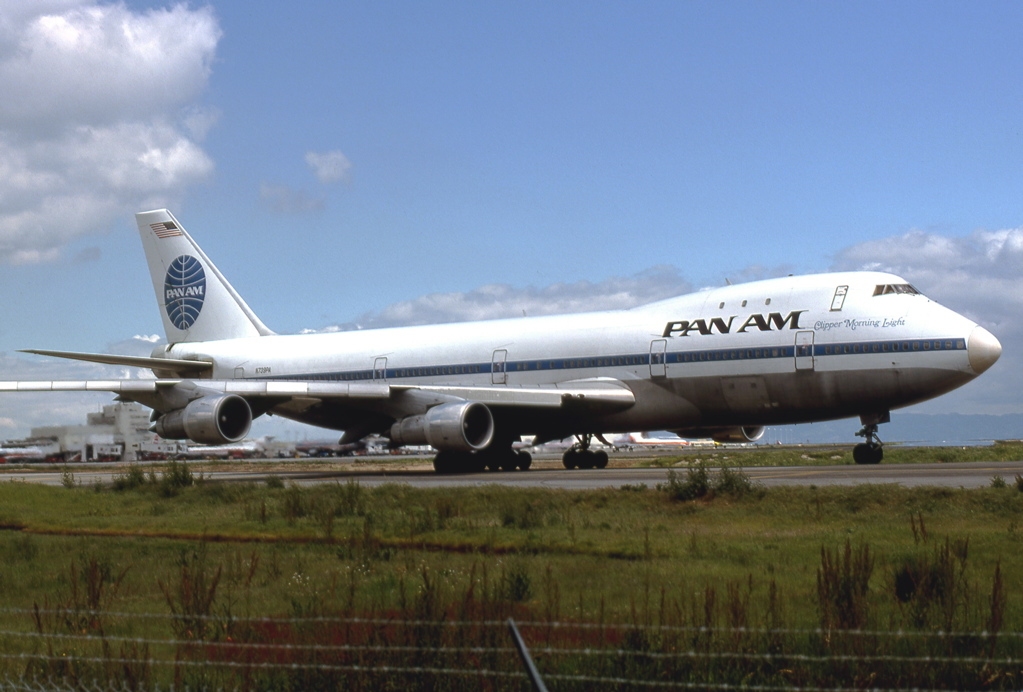|
Soesterberg
Soesterberg is a town in the Dutch province of Utrecht. It is a part of the municipality of Soest, and lies about 5 km northeast of Zeist, on the road between Amersfoort and Utrecht. It was the location of Soesterberg Air Base History The town was first mentioned in 1840 as Berg, meaning hill belonging to Soest. In 1840, it was home to 253 people. The military airbase and the tram line Amersfoort–Zeist caused a rapid growth of the village in the 1920s and 1930s. In 1939, a monastery was established by the Society of the Divine Word. In 1940, an officer's casino was built for the German Luftwaffe. It is one of the few remaining buildings in Nazi architectural style in the Netherlands, and has thick walls. It was captured intact by the Canadians in 1945, and was used by the KLM and Ministry of Defence. It has been converted into an apartment building. In 1837, a Catholic church was built which was replaced between 1952 and 1953 by the Carolus Borromeus Church. Soeste ... [...More Info...] [...Related Items...] OR: [Wikipedia] [Google] [Baidu] |
Soesterberg Air Base
Soesterberg Air Base was a Royal Netherlands Air Force (RNLAF) military air base located in Soesterberg, east-northeast of Utrecht. It was first established as an airfield in 1911, and in 1913, the Dutch Army bought the field and established the Army Aviation Division. For almost 40 years, United States Air Force facilities at Soesterberg, named Camp New Amsterdam was a major front line USAFE air base during the Cold War. The base was closed on 31 December 2008, due to budget cuts in the Dutch armed forces. The air base ceased flying operations on 12 November 2008, when the command was transferred from the RNLAF to the Ministry of Defence which will take care of the base until it will be given back to nature. The last fighter ever to depart, delayed due bad weather at Aviano AB, was a Greek F-4E Phantom II. The former USAFE part stays in military hands, and will now officially be called Camp New Amsterdam. Early history During World War I, the Netherlands was a neutra ... [...More Info...] [...Related Items...] OR: [Wikipedia] [Google] [Baidu] |
LuchtVaartafdeling
, colours = , colours_label = , march = ''Parade March of the Royal Netherlands Air Force'' , mascot = , anniversaries = , equipment = , equipment_label = , battles = , decorations = , battle_honours = , battle_honours_label = , flying_hours = , website defensie.nl, commander1 = Lieutenant-general Dennis Luyt , commander1_label = Commander of the Royal Netherlands Air Force , notable_commanders = , identification_symbol = , identification_symbol_label = Roundel , identification_symbol_2 = , identification_symbol_2_label = , identification_symbol_3 = , identification_symbol_3_label = , identification_symbol_4 = , identification_symbol_4_ ... [...More Info...] [...Related Items...] OR: [Wikipedia] [Google] [Baidu] |
Soest, Netherlands
Soest () is a municipality and a town in the central Netherlands, in the province of Utrecht. It is about west of Amersfoort. Population centres The town of Soest The oldest documents mentioning Soest (then written as ''Zoys'') date from 1029. Its oldest church (the ''Oude Kerk'', meaning ''Old Church''), which is still in use today, dates from the fifteenth century. Traces of earlier habitation are found though. The area of "Hees", now at the outskirts of Soest may date in to the Early Middle Ages, and prehistoric burial mounds in the Soesterduinen point to early habitation in this area. Agricultural activity is still visible as there is much farmland within Soest. The biggest area is in the center of the town, on a hill, and are called 'de Engh'. A small street is ''het Kerkpad'' (literally, the Church Path). The Soesterduinen (sand dunes), is a popular area for recreation. Numerous churches depict the Calvinist/Catholic tradition of Soest and the region. Christengemee ... [...More Info...] [...Related Items...] OR: [Wikipedia] [Google] [Baidu] |
Nationaal Militair Museum
The Nationaal Militair Museum (NMM) is a military museum in Soesterberg, Netherlands. It focuses on the history of the Dutch Armed Forces with emphasis on the Royal Netherlands Army and the Royal Netherlands Air Force. The Stichting Koninklijke Defensiemusea (Royal Defense Museums Foundation) oversees the museum. Its collection derives from the Legermuseum in Delft and the Militaire Luchtvaart Museum in Soesterberg, which were merged to form the NMM in 2014. The museum occupies the site of the former Soesterberg Air Base. See also * Bundeswehr Museum of German Defense Technology – Koblenz, Germany *Deutsches Panzermuseum – Munster, Germany * Australian Armour and Artillery Museum – Australia *Musée des Blindés – Paris, France * Royal Tank Museum – Amman, Jordan *The Tank Museum – Bovington, United Kingdom *United States Army Ordnance Museum The United States Army Ordnance Training Support Facility (formerly known as the U.S. Army Ordnance Training and Herit ... [...More Info...] [...Related Items...] OR: [Wikipedia] [Google] [Baidu] |
Zeist
Zeist () is the capital and largest town of the municipality of Zeist. The town is located in the Utrecht province of the Netherlands, east of the city of Utrecht. History The town of "Seist" was first mentioned in a charter in the year 838. The original settlement was located at the present ''Dorpsstraat''. In the late 12th century, a church was built here. Its tower is now a part of the Reformed Church, the remainder of which was built in the 19th century. Until medieval times, a branch of the river Rhine flowed close to the centre of the town. Three mansions were built near the village: the ''Huis te Zeist'', Kersbergen, and Blikkenburg. From 1677 to 1686, the "Slot Zeist" was built on or near the ruins of "Kasteel Zeist", the original castle (donjon) of Rodgar van Zeist. There is very little documentation on the family that lived there, but a few names are found: in the 12th century a ''Godefridus de Seist'' and in the late 13th century another Godefridus, a knight, w ... [...More Info...] [...Related Items...] OR: [Wikipedia] [Google] [Baidu] |
Scouting Nederland
Scouting Nederland is the national Scout organisation of the Netherlands with approximately 110,000 members (53,324 male and 54,663 female, 87,000 youth members, as of 2010. The official patron of Scouting Nederland is Queen Máxima, the wife of the Dutch King, Willem-Alexander. From 2005 Scouting Nederland has been affiliated with the International Scout and Guide Fellowship. History Scouting for boys was started in the Netherlands in the summer of 1910 when the first Scout troops were formed in a few cities. Scouting started about a year later for girls. Dutch Scouts were among the founding members of World Association of Girl Guides and Girl Scouts in 1928 and also among the charter members of the World Organization of the Scout Movement in 1920. On 7 January 1911 the first national organisation was founded, the Nederlandsche Padvinders Organisatie (NPO, Netherlands Pathfinder Organisation). They merged with the Nederlandsche Padvinders Bond (NPB, Netherlands Pathfinder Fed ... [...More Info...] [...Related Items...] OR: [Wikipedia] [Google] [Baidu] |
Amersfoort
Amersfoort () is a city and municipality in the province of Utrecht, Netherlands, about 20 km from the city of Utrecht and 40 km south east of Amsterdam. As of 1 December 2021, the municipality had a population of 158,531, making it the second-largest of the province and fifteenth-largest of the country. Amersfoort is also one of the largest Dutch railway junctions with its three stations— Amersfoort Centraal, Schothorst and Vathorst—due to its location on two of the Netherlands' main east to west and north to south railway lines. The city was used during the 1928 Summer Olympics as a venue for the modern pentathlon events. Amersfoort marked its 750th anniversary as a city in 2009. Population centres The municipality of Amersfoort consists of the following cities, towns, villages and districts: Bergkwartier, Bosgebied, Binnenstad, Hoogland, Hoogland-West, Kattenbroek, Kruiskamp, de Koppel, Liendert, Rustenburg, Nieuwland, Randenbroek, Schuilenburg, Schothorst, Soester ... [...More Info...] [...Related Items...] OR: [Wikipedia] [Google] [Baidu] |
Town
A town is a human settlement. Towns are generally larger than villages and smaller than cities, though the criteria to distinguish between them vary considerably in different parts of the world. Origin and use The word "town" shares an origin with the German word , the Dutch word , and the Old Norse . The original Proto-Germanic word, *''tūnan'', is thought to be an early borrowing from Proto-Celtic *''dūnom'' (cf. Old Irish , Welsh ). The original sense of the word in both Germanic and Celtic was that of a fortress or an enclosure. Cognates of ''town'' in many modern Germanic languages designate a fence or a hedge. In English and Dutch, the meaning of the word took on the sense of the space which these fences enclosed, and through which a track must run. In England, a town was a small community that could not afford or was not allowed to build walls or other larger fortifications, and built a palisade or stockade instead. In the Netherlands, this space was a garden, ... [...More Info...] [...Related Items...] OR: [Wikipedia] [Google] [Baidu] |
Luftwaffe
The ''Luftwaffe'' () was the aerial-warfare branch of the German ''Wehrmacht'' before and during World War II. Germany's military air arms during World War I, the ''Luftstreitkräfte'' of the Imperial Army and the '' Marine-Fliegerabteilung'' of the Imperial Navy, had been disbanded in May 1920 in accordance with the terms of the 1919 Treaty of Versailles which banned Germany from having any air force. During the interwar period, German pilots were trained secretly in violation of the treaty at Lipetsk Air Base in the Soviet Union. With the rise of the Nazi Party and the repudiation of the Versailles Treaty, the ''Luftwaffe''s existence was publicly acknowledged on 26 February 1935, just over two weeks before open defiance of the Versailles Treaty through German rearmament and conscription would be announced on 16 March. The Condor Legion, a ''Luftwaffe'' detachment sent to aid Nationalist forces in the Spanish Civil War, provided the force with a valuable testing grou ... [...More Info...] [...Related Items...] OR: [Wikipedia] [Google] [Baidu] |
Lockerbie
Lockerbie (, gd, Locarbaidh) is a small town in Dumfries and Galloway, south-western Scotland. It is about from Glasgow, and from the border with England. The 2001 Census recorded its population as 4,009. The town came to international attention in December 1988 when the wreckage of Pan Am Flight 103 crashed there following a terrorist bomb attack aboard the flight. Prehistory and archaeology In 2006, ahead of the construction of a new primary and secondary school archaeologists from CFA Archaeology under took excavations. They discovered the remains of a large (27 x 8m) Neolithic timber hall that dated to somewhere between 3950 BC to 3700 BC. The archaeologists found it was in use for some time as some of the posts had been replaced. Flax seeds were found in the timber hall showing the people were processing flax. This is an extremely rare find with only one other site in Scotland showing evidence of flax production in the Neolithic period. Like with most other Neolithic t ... [...More Info...] [...Related Items...] OR: [Wikipedia] [Google] [Baidu] |
Pan Am Flight 103
Pan Am Flight 103 was a regularly scheduled Pan Am transatlantic flight from Frankfurt to Detroit via a stopover in London and another in New York City. The transatlantic leg of the route was operated by ''Clipper Maid of the Seas'', a Boeing 747-121 registered N739PA. Shortly after 19:00 on 21 December 1988, while the aircraft was in flight over the Scottish town of Lockerbie, it was destroyed by a bomb that had been planted on board, killing all 243 passengers and 16 crew in what became known as the Lockerbie bombing. Large sections of the aircraft crashed in a residential street in Lockerbie, killing 11 residents. With a total of 270 fatalities, it is the deadliest terrorist attack in the history of the United Kingdom, as well as its deadliest aviation disaster. Following a three-year joint investigation by Dumfries and Galloway Constabulary and the US Federal Bureau of Investigation (FBI), arrest warrants were issued for two Libyan nationals in November 1991. In 1999, ... [...More Info...] [...Related Items...] OR: [Wikipedia] [Google] [Baidu] |
Pan Am Flight 103 Bombing Trial
The Pan Am Flight 103 bombing trial began on 3 May 2000, 11 years, 4 months and 13 days after the destruction of Pan Am Flight 103 on 21 December 1988. The 36-week bench trial took place at a specially convened Scottish Court in the Netherlands set up under Scots law and held at a disused United States Air Force base called Camp Zeist near Utrecht. Trial set-up Venue Upon the indictment of the two Libyan suspects in November 1991, the Libyan government was called upon to extradite them for trial in either the United Kingdom or the United States. Since no bilateral extradition treaty was in force between any of the three countries, Libya refused to hand the men over but did offer to detain them for trial in Libya, as long as all the incriminating evidence was provided. The offer was unacceptable to the US and UK, and there was an impasse for the next three years. In November 1994, President Nelson Mandela offered South Africa as a neutral venue for the trial but this was rejected ... [...More Info...] [...Related Items...] OR: [Wikipedia] [Google] [Baidu] |

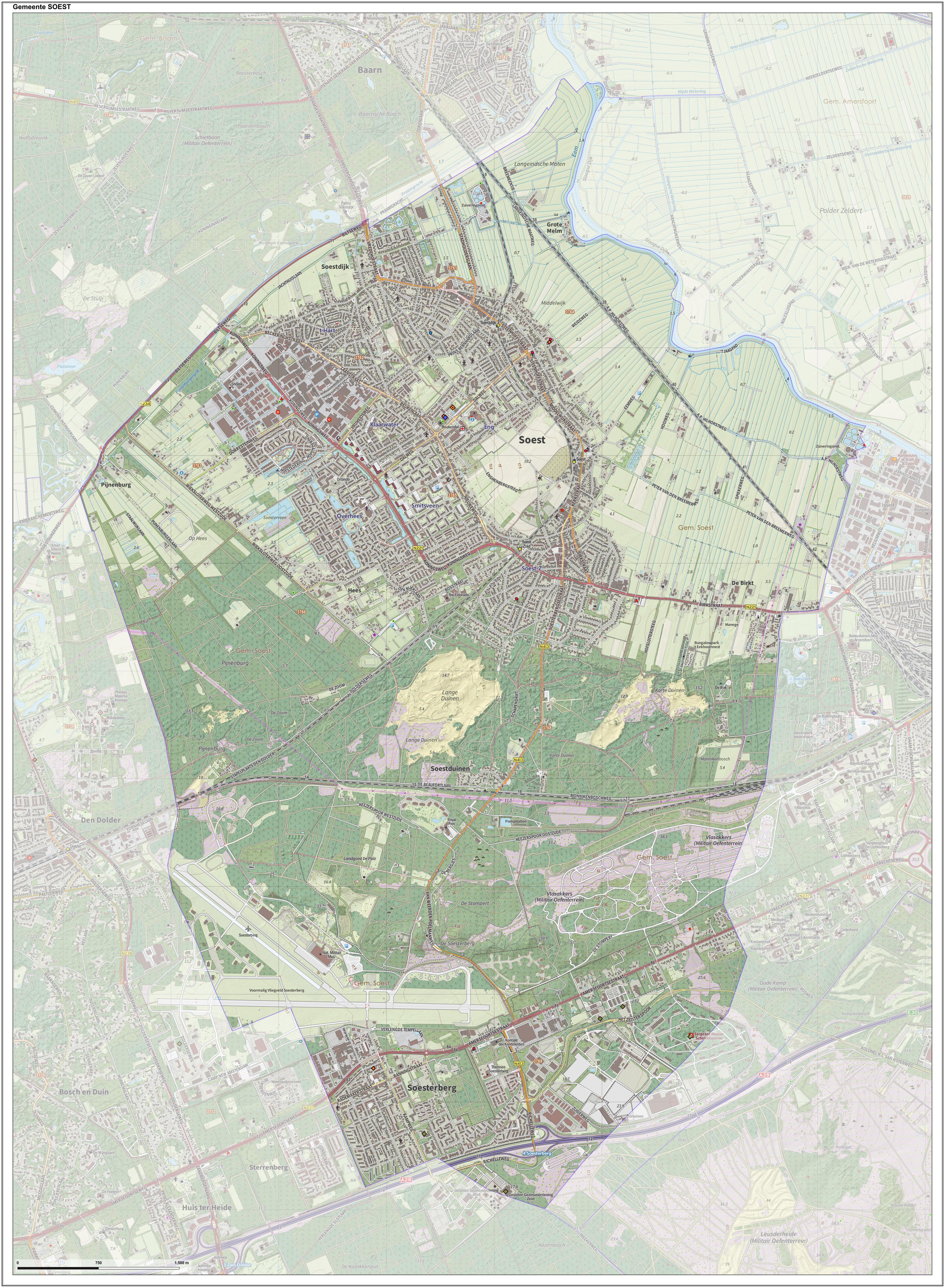
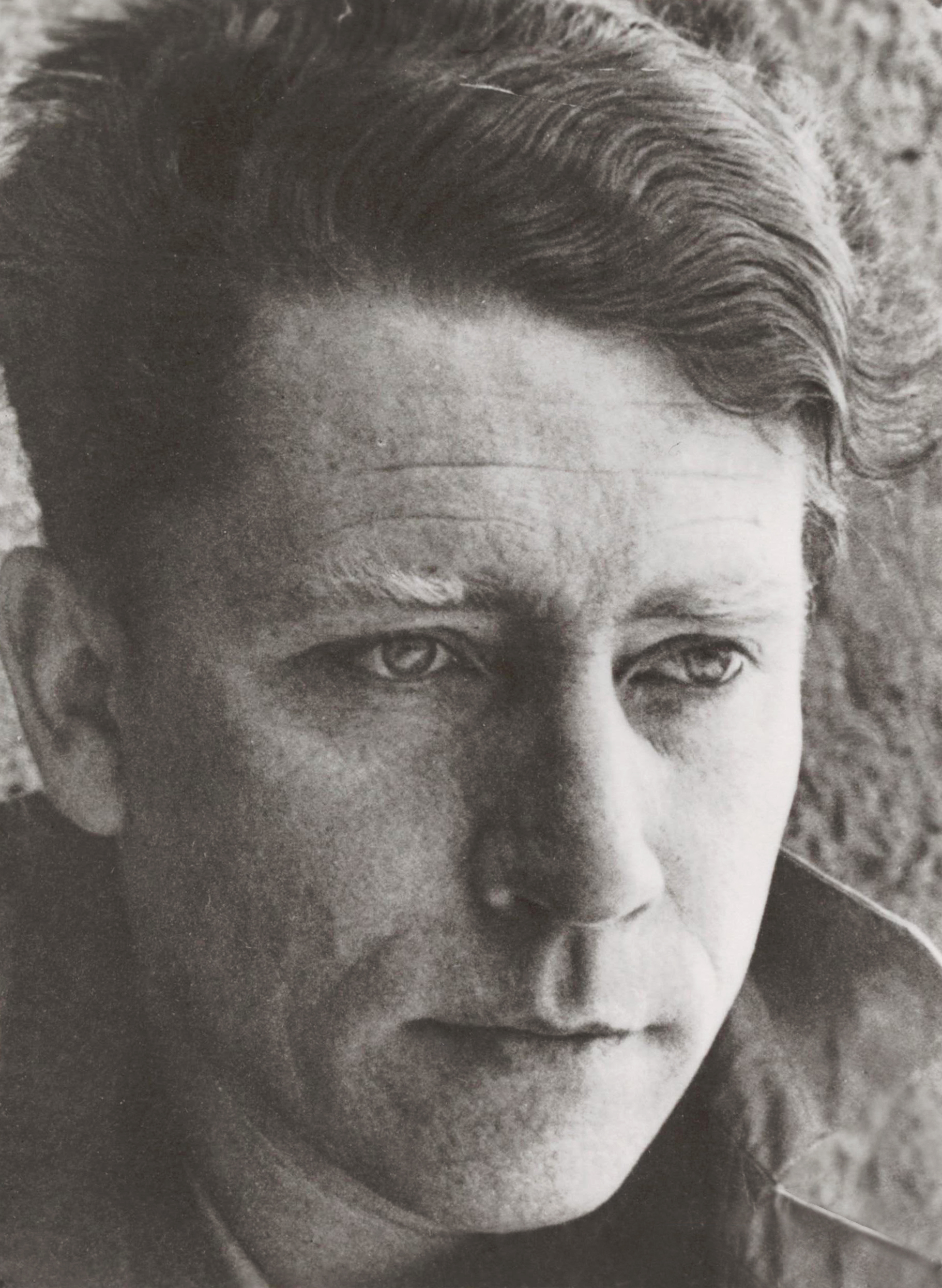
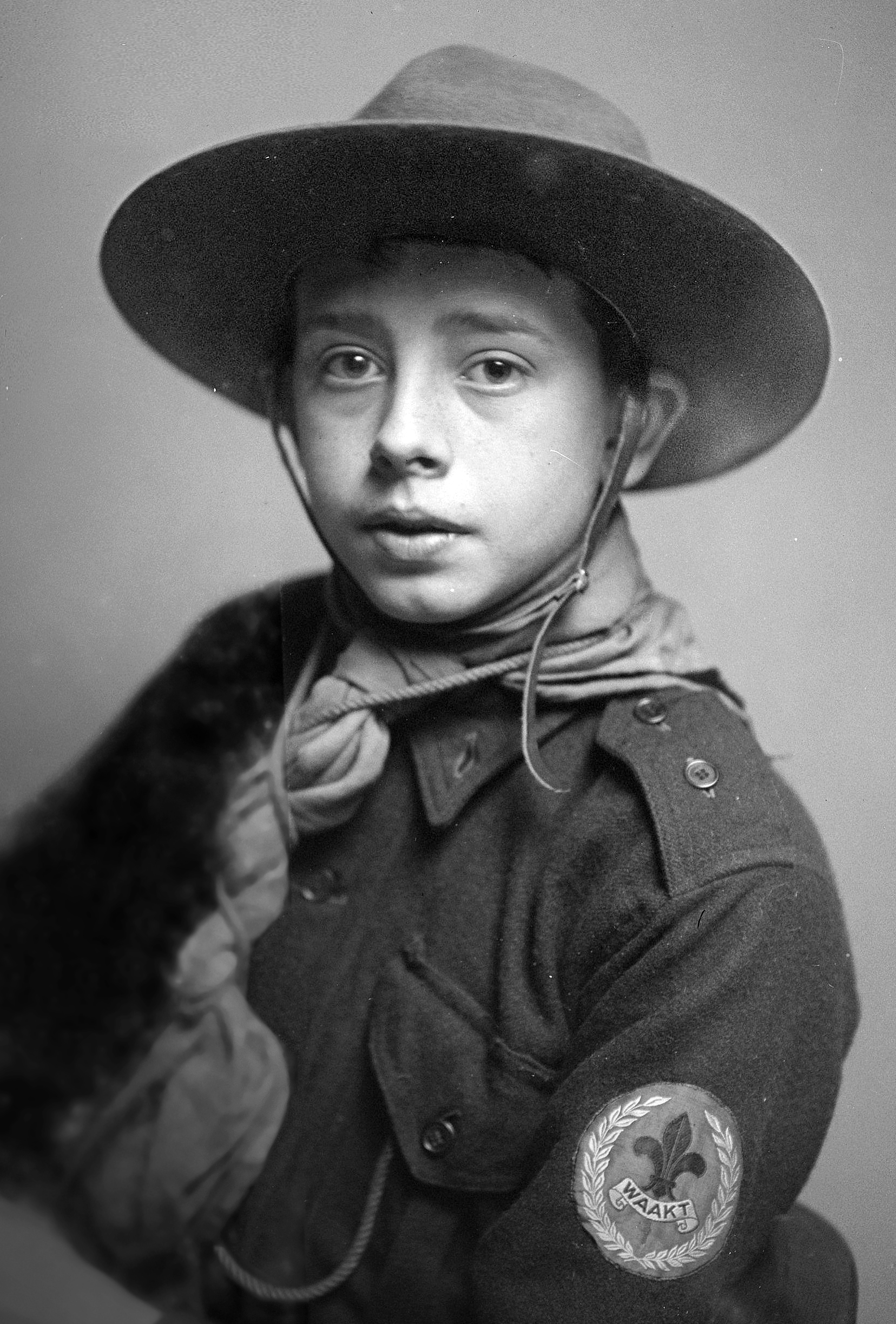

.jpg)
